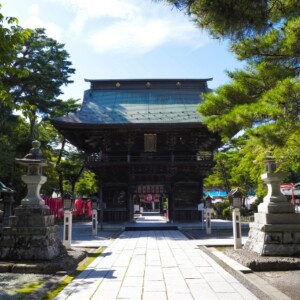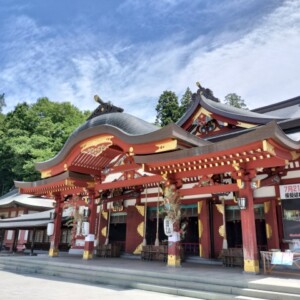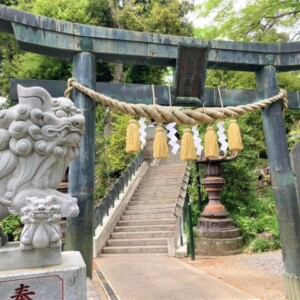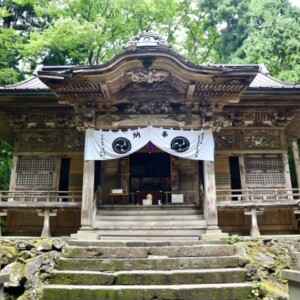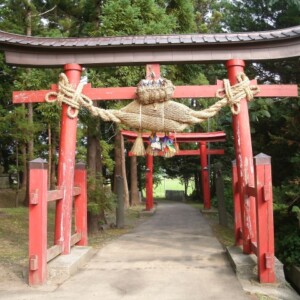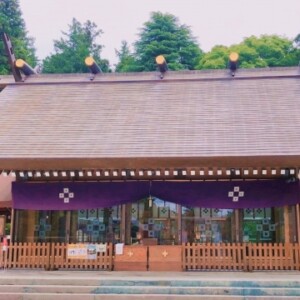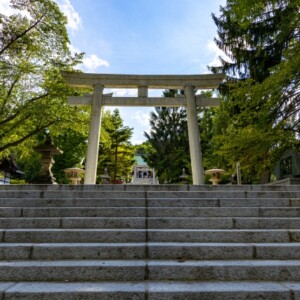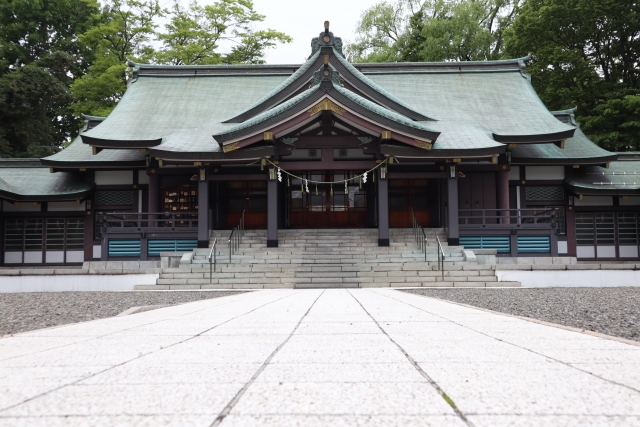
Sapporo Gokoku Jinja|Complete guide to the history, highlights, and worship information of this historic shrine
Sapporo Gokoku-jinja Shrine is a historic shrine located in Nakajima Park in Chuo-ku, Sapporo, and was built in 1879 to honor the spirits of Tonden soldiers who died in the Civil War, and has been loved by many people for over 140 years. The temple is conveniently located about a 4-minute walk from the Horohirabashi Subway Station, making it easily accessible from the center of Sapporo. The shrine also incorporates modern elements such as a beautiful flower garden and seasonal red seals, and is attracting attention as a shrine where tradition and innovation are in harmony.
Outline and basic information about Sapporo Gokoku-jinja Shrine
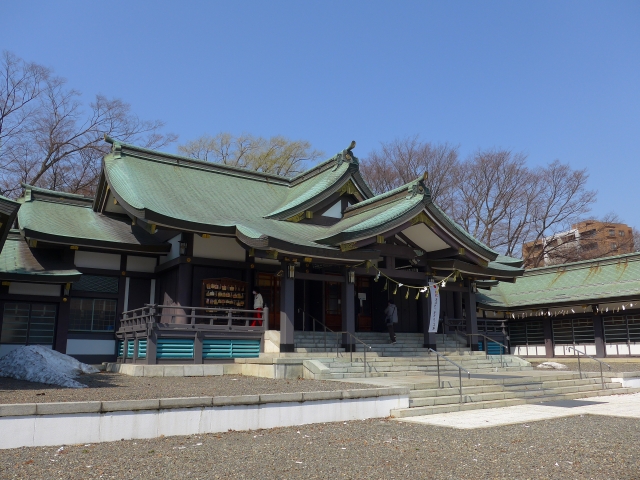
Sapporo Gokoku Shrine is one of the Gokoku Shrines located in Chuo-ku, Sapporo, Hokkaido, and was built in 1879 to honor the spirits of Tonden soldiers who died in the Civil War. The shrine was originally called Sapporo Chukonsha (Sapporo Chukonsha), and has undergone various changes over the course of its history to take its present form.
History and Origin
The history of Sapporo Gokoku Shrine dates back to 1879. Initially, a monument for Tondenbyo (Tondenhei) was built in Kita 6-jo Nishi 7-chome, Kita-ku, Sapporo, and was called Sapporo Chukonsha (Sapporo Chukonsha). The Tondenhei was a system that combined military and agricultural activities to develop and defend Hokkaido during the Meiji Era (1868-1912).
On April 1, 1939, the shrine was renamed Sapporo Gokoku-jinja Shrine and designated as a Gokoku-jinja Shrine by the Minister of Home Affairs. In 1968, the shrine was destroyed by fire, but it was rebuilt in 1970 to its present appearance.
Gods and Benefits
As of 2022, the Sapporo Gokoku-jinja Shrine enshrines 25,550 deities, including the spirits of those who died in the Civil War and other wars, as well as police officers and firemen who died in the line of duty. These deities are those who gave their precious lives for their country and community, and worshippers can offer thanks to the spirits of the dead and pray for peace.
Since September 1949, the deities of Taga Taisha Shrine have been enshrined here, and in September 1971, the deities of Yamahana Shrine, the town’s Shinto shrine, were enshrined here as well. The main shrine is dedicated to the god of the Taga Taisha Shrine.
Sapporo Gokoku Shrine Highlights and Features
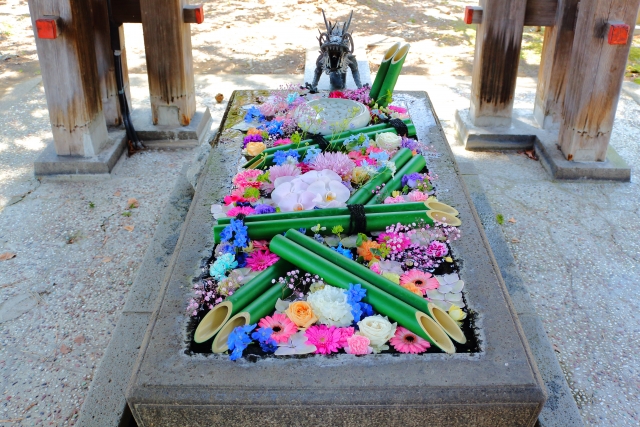
Sapporo Gokoku-jinja Shrine attracts many worshippers as a shrine with both historical value and modern charm. There are numerous attractions within the shrine precincts, and the shrine shows various faces throughout the seasons.
Architectural and Structural Attractions
The serene and tranquil shrine pavilions, located beyond the shrine gate, were reconstructed in 1970, and are a beautiful blend of modern technology and traditional style. The shrine is composed of two buildings, the main hall and the Tagadono Hall, each dedicated to a different deity.
The crest of Sapporo Gokoku Shrine is the Ezo-Yamazakura cherry tree, which grows wild in Hokkaido. While cherry trees such as Someiyoshino bloom and shed their blossoms, young leaves emerge after the blossoms fall, the Ezo-Yamazakura cherry tree buds as soon as it blooms. This crest has a symbolic meaning of Hokkaido’s uniqueness and vitality.
Natural and scenic beauty
In spring, the cherry blossoms are in full bloom; in summer, the young leaves are fresh and green; in autumn, the rows of ginkgo trees turn golden; and in winter, the whole area turns into a snowy landscape. Visitors to the shrine enjoy the scenery of the grounds as they change from season to season. The shrine is especially crowded with visitors during the cherry blossom season in spring and the season of autumn leaves in fall.
The “Hanatemizu,” or flower water feature, in which colorful flowers float in a water pot in the hand basin, is one of the highlights of Sapporo Gokoku Shrine. The hand-watering basin decorated with seasonal flowers has become a hot topic on social networking sites, and is also a popular spot for commemorative photo shoots during visits to the shrine.
Taga Shrine, a precinct shrine
Taga Shrine, located within the precincts of Sapporo Gokoku Shrine, is famous for marriage, and is dedicated to Izanagi no Mikoto and Izanami no Mikoto, the god of married couples in Japanese mythology, who were invited directly from Taga Taisha Shrine in Shiga Prefecture, the god of national fertility. Since they were the first married couple in Japan, they are enshrined as the god of marriage, prolongation of life, and protection from bad luck.
Those who wish for romantic fulfillment and a good marriage can dedicate a heart-shaped ema (votive tablet) to the god of marriage with their wishes. In addition, at the “Oga wo Kikuishi (Stone to Hear Your Wishes)” in the shrine hall of Taga Shrine, there is a belief that if you write your wish with a pen on a pure white “Oshiroishi” and offer it, the “Kikuishi” or “stone to hear your wishes” will listen to your wish.
Guide to Worship and Visiting the Shrine
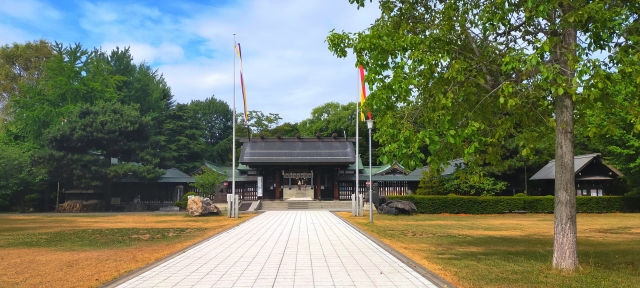
At Sapporo Gokoku-jinja Shrine, various considerations are made to ensure that worshippers can visit the shrine comfortably while maintaining its dignity as a place of solemn rituals. When visiting the shrine, please follow the rules of the shrine and pay your respects to the spirits of the dead.
Worship Etiquette and Manners
The basic etiquette for worshipping at shrines is “Nirei Ni-Beaten Ichiryoku. When passing through the torii gate, bow first, and walk along the edge of the path, as the center of the path is considered to be the path of the gods. At the hand-watering place, purify your left hand, then your right hand, and rinse your mouth to purify your body and mind before visiting the shrine.
In order to maintain the cleanliness and tranquility of the shrine, smoking, loud conversations, and pets are prohibited in the shrine grounds. Photographing without permission is prohibited on the shrine grounds, and those wishing to take photographs accompanied by a photographer must request it when applying for prayer services. It is important to visit the shrine with good manners so that worshippers can feel comfortable with each other.
Annual and Seasonal Events
On the first Saturday of June each year, the Shoutokuen Mitama Festival is held. In a corner of the temple grounds, there is “Shotokuen,” a collection of numerous monuments, mainly cenotaphs for the war dead, which was named “Shotokuen” by His Imperial Highness Prince Tomohito Mikasa in 1985. This Mimatsuma Festival is an important event to comfort the souls of the war dead, and is visited by many people.
During the New Year’s holiday, the shrine is crowded with visitors for Hatsumode (New Year’s visit), and many families visit during the Shichi-Go-San (753) season. In spring, seasonal events are held in conjunction with the blooming of cherry blossoms, and in fall, events to appreciate the changing leaves are held. We recommend that you check the official website for a detailed schedule of events.
Red Seal and Good Luck Charm Information
A variety of red seals are available throughout the year at Sapporo Gokoku-jinja, and many visitors seek them out as souvenirs of their visit to the shrine.
The transparent “clear red seals” are one of the specialties, and in addition to the standard ones with photos of Sapporo Gokoku Shrine and Taga Shrine, seasonal designs are also distributed. Since the back of the seal is transparent, you can take a “nice” photo by looking through the blue sky or colorful flowers and grasses.
The original red seal book with the shrine building, cherry blossoms, and a striped egret is also a popular distribution item that often runs out of stock. Taga Shrine also offers a marriage charm, a heart-shaped ema (votive tablet), and other amulets to meet a variety of wishes.
Access/Use Information
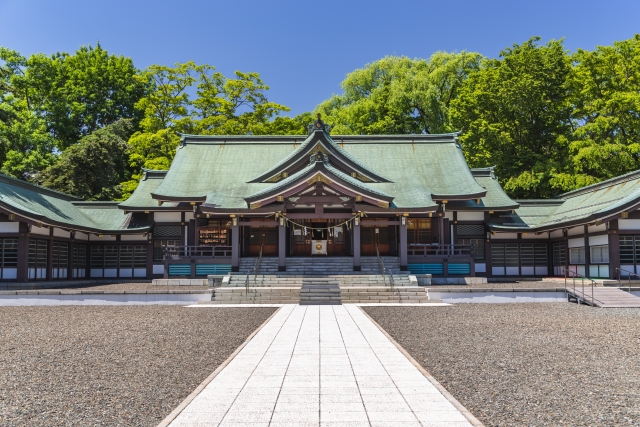
Sapporo Gokoku-jinja Shrine is easily accessible from central Sapporo and can be visited by public transportation or by car. The shrine is adjacent to Nakajima Park, making it suitable for visiting in conjunction with sightseeing.
Access to Sapporo Gogoku Shrine
It is very accessible from Horohibashi Station on the Sapporo Municipal Subway Namboku Line, about a 3-4 minute walk. Take Exit 1 or 2 at Horohibashi Station and walk toward Nakajima Park, and you will soon see the entrance to the shrine.
It takes about 10 minutes from Sapporo Station by Namboku Subway Line, and about 1 hour from New Chitose Airport by rapid airport and subway. Because of its proximity to the area lined with hotels and Susukino, Sapporo’s downtown area, the shrine is visited by many tourists, who can easily drop by as part of their sightseeing tour of Sapporo.
Address: 1-1, Minami 15 Nishi 5-chome, Chuo-ku, Sapporo, Hokkaido 064-0915, Japan
Hours of worship, fees, and parking information
Hours of worship are from 7:00 to 16:00, and the shrine office is open from 9:00 to 16:00. There is no charge to visit the shrine, but a fee is required if you wish to pray.
Parking is available in a new machine-controlled parking lot on the grounds, with space for 22 vehicles (standard cars) and a parking fee of 200 yen per 10 minutes. However, visitors who only visit the shrine will receive up to 10 minutes free parking, those who receive a sacred card, amulet, or red seal will receive up to 30 minutes free parking, and those who receive a prayer service will receive up to 60 minutes free parking.
The parking lot is open from 8:00 a.m. to 5:00 p.m., seven days a week, but certain periods of the year are designated as variable parking fee periods, during which the 10-minute discount for visitors only does not apply. We recommend that you check the official website for the most up-to-date information on the detailed fee structure and the period of fluctuation.
Reference site
Sapporo Gokoku-jinja Shrine official website: https://sapporo-gokoku.jp/




